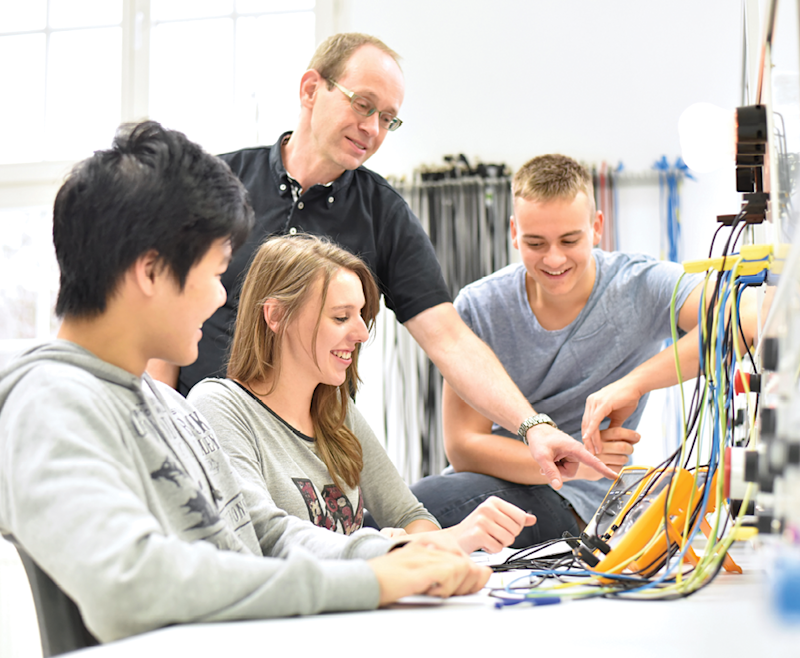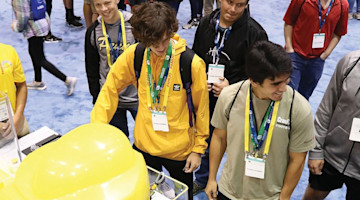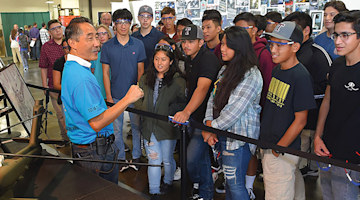It’s generally known in the education and workforce development community that there is an inverse relationship between a strong, robust economy and workforce development programs at community colleges and community-based adult education programs.
Normally, when the economy is booming, companies are less likely to send workers to school to learn new job skills. But when the economy slows down, workforce programs are filled.
With the onset of the COVID-19 pandemic and the widespread closure of non-essential businesses, the balance has once again shifted. Sudden layoffs increased unemployment in the “non-essential” sector, mainly in the service industry. Normally, unemployed persons would seek out worker retraining programs at schools. However, with so many schools closed through the spring, this brings into question how the industry will come out the other side and whether the skills gap in manufacturing could be further exacerbated.
We’re speaking with many state educators and seeing that schools may stay closed for the balance of the school year, though students may yet return for summer school programs. Fewer career and technical education (CTE) high school graduates with appropriate industry-recognized credentials will be entering the workforce than normal.
Unfortunately, SkillsUSA canceled their National Leadership and Skills Championships that usually occurs in late June. Normally, many of the high school students and nearly 100% of the community college students who compete in the CNC machining championships have already accepted jobs in the industry. Competing at the SkillsUSA Nationals means they possess the best CNC skills in the country. AMT has been a decades-long partner of SkillsUSA, a leader in vocational education.
We already had a significant skills gap in manufacturing, and now we are seeing “Help Wanted” notices for manufacturing companies whose operations are considered “essential,” especially among companies in need of CNC machinists and 5-axis-capable machinists to support the supply chain for the medical device industry.
The impact of the pandemic has shed light on the gaps in the global supply chain and will likely result in a focus on increasing “Made in the U.S.A.” products going forward. However, this will put additional strain on the education-to-workforce supply chain as well.
We will have to redouble our efforts to support CTE high school programs and our local community colleges. We must put an even greater effort into changing perceptions about careers in manufacturing to encourage more young people – as well as workers who are suddenly unemployed – to seek an education and career pathway in manufacturing technology.
For our part, AMT Smartforce Development will continue to take the pulse of federal, state, and local education leaders to gauge their challenges and to help build solutions that benefit individuals, schools, AMT members, and their customers.
To keep pace, we’ll need to emphasize learn-while-you-earn, industry-recognized apprenticeship programs that are competency-based and not time-based. Schools have already been shifting to virtual, e-learning programs, and we’ll need to double down on those so working students can combine book learning with hands-on learning.






